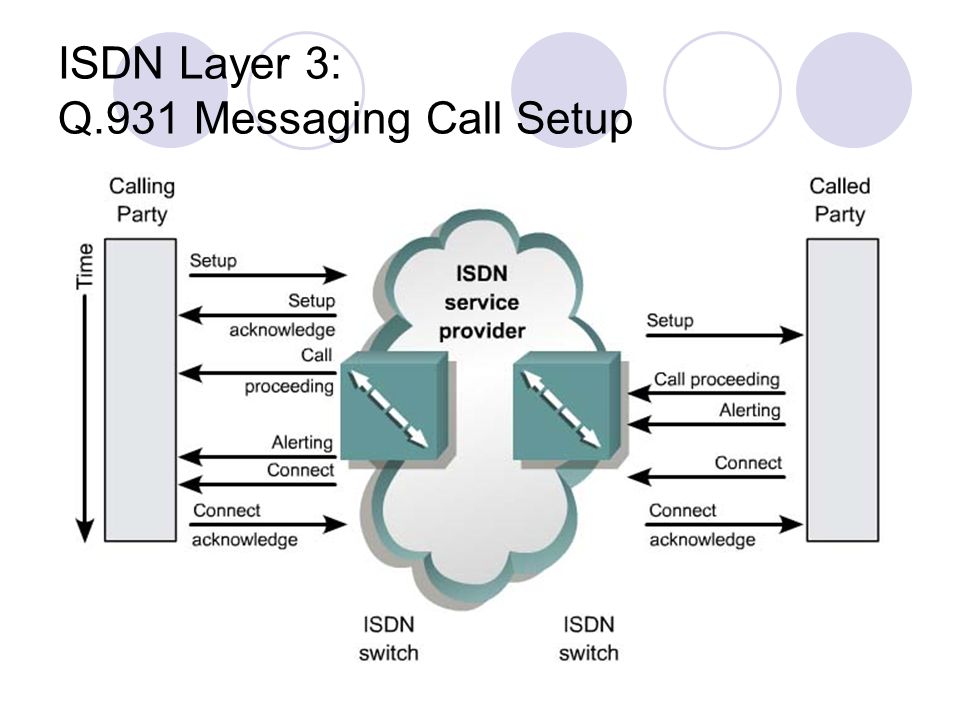Decoding Q.931: The Backbone of ISDN Signaling for H.323 Systems.
Q.931 may not be a term familiar to the masses,

but within the realms of telecommunications and networking, it represents a cornerstone of efficiency and reliability. Q.931 is the ISDN signaling protocol used extensively in H.323 systems to establish, manage, and terminate multimedia calls. This deeper dive into the technical essence of Q.931 will elucidate its creation, the experts behind it, and the protocol's enduring significance in the backbone of digital communications.
Historical Context and Development:
The ITU-T, known for standardizing global telecommunication protocols, introduced Q.931 in the 1980s as part of the I-Series Recommendations for ISDN. The main drive behind Q.931 was to define a robust framework for setting up and controlling calls over the newly established ISDN, which constituted a leap forward from analog to digital telecommunication.
Technical Description and Utilization:
Q.931 facilitates communication between digital network users and network elements providing ISDN services. It specifies the format and procedures for setting up, maintaining, and clearing calls. Crucial for the H.323 standard, which addresses call signaling and control, multimedia transport, and control for audio, video, and data applications, Q.931 operates at the network layer to manage call states and connections.
Advantages and Weaknesses:
The protocol's advantage lies in its detailed specification and prevalence, ensuring interoperability among different manufacturers’ equipment. However, Q.931's stringent structure can also introduce rigidity, whereby newer, flexible, IP-based protocols may offer more agility for modern communication demands.
Expert Quotes:
"Q.931 has been instrumental in the shift from analog to digital telephony," notes Dr. Jason Clark, a pioneer in digital communication.
Real-Life Application:
Q.931's importance is most prominent in corporate communication systems, where reliability in call connectivity is paramount, and in situations requiring robustness and formal call procedures.
Counterarguments and Perspectives:
Critics of Q.931 point to the progressive nature of VoIP and other IP-based technologies that offer similar functionalities with potentially less overhead. While this is a valid point, the pervasive legacy of Q.931 in established communication systems ensures its continued relevance.
Conclusive Thoughts:
Exploring Q.931 reveals the complexities and triumphs of telecommunication protocols that have shepherded us into a digitally connected age. While we embrace newer technologies, understanding and appreciating the foundations laid by protocols like Q.931 helps us appreciate the stepping stones to our present infrastructure. Regardless of emerging alternatives, the protocol continues to play a role in the tapestry of global communication, symbolizing a bridge between past innovation and future possibilities.

